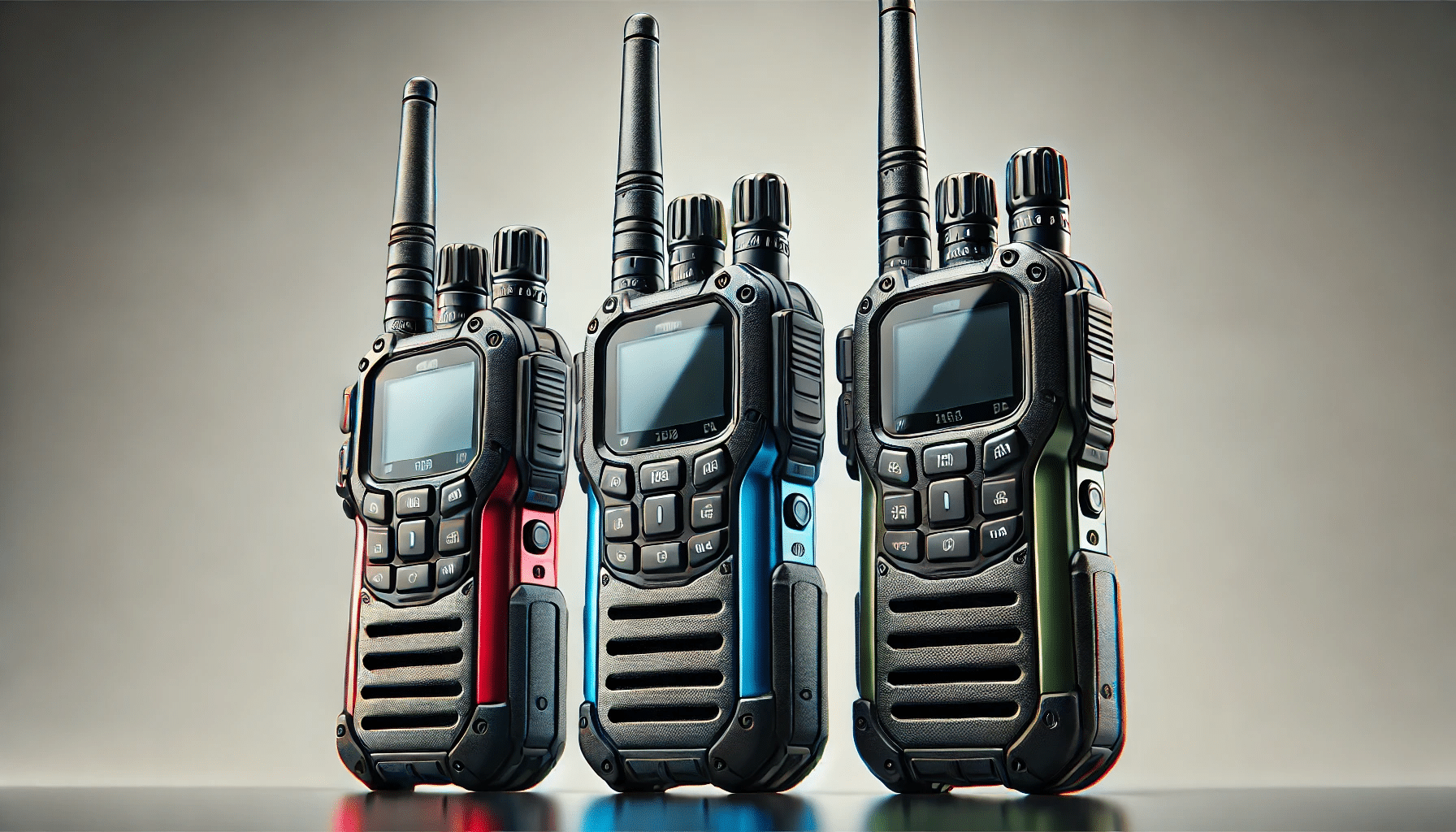In the world of communication devices, the terms “walkie-talkie,” “handheld radio,” and “portable radio” are often used interchangeably. However, while they may seem synonymous to many, subtle differences exist between these devices that can influence their applications, performance, and user preferences. Understanding these distinctions can help individuals make informed decisions based on their specific needs.
Contents
What is a Walkie Talkie?
A walkie-talkie is a two-way radio, typically a handheld device, designed to allow short-range communication between users. Historically, walkie-talkies were developed for military use during World War II. They were intended to provide soldiers with a portable and easy-to-use communication tool in the field. Since then, walkie-talkies have become a popular communication option for various settings, from construction sites to outdoor adventures.
Key features of walkie-talkies include push-to-talk (PTT) functionality, which allows users to easily transmit messages by pressing a button, as well as the ability to work on a specific frequency band. Walkie-talkies are particularly useful in areas where cell phone coverage is weak or non-existent. They typically operate on a limited range, making them ideal for close-range communication in local environments, such as hiking trails, amusement parks, or workplaces where immediate communication is necessary.
What is a Handheld Radio?
The term “handheld radio” can be used more broadly than “walkie-talkie.” While a walkie-talkie is a type of handheld radio, not all handheld radios are walkie-talkies. Handheld radios refer to any portable, handheld communication devices that transmit and receive radio signals. They are often used in various industries, such as aviation, marine, and emergency services, where reliable communication is crucial.
Handheld radios can operate on a wider range of frequencies compared to walkie-talkies. Some handheld radios are more powerful and can cover larger distances. Unlike walkie-talkies, which are often limited to a few channels or specific frequency bands (typically within the VHF or UHF ranges), handheld radios may offer multiple frequency bands, enabling communication across greater distances and even with different types of radio systems.
What is a Portable Radio?
The term “portable radio” is even more generic and can refer to any radio device that is portable or can be carried easily. In many cases, portable radios can encompass walkie-talkies and handheld radios, but the term is broader. Portable radios can include devices such as AM/FM radios, shortwave radios, or satellite radios designed for listening purposes rather than two-way communication. However, in professional settings, portable radios typically refer to two-way radios that are lightweight, easy to carry, and used for communication purposes.
In professional contexts, portable radios are often ruggedized for durability and can be used in harsh environments, such as construction sites or disaster relief operations. These devices can support multiple channels and are often equipped with features like encryption for secure communications or GPS for tracking. Many industries, including law enforcement, emergency responders, and hospitality services, rely on portable radios for critical communication.
The Overlapping Functionality
While there are distinctions between walkie-talkies, handheld radios, and portable radios, there is significant overlap between these devices. All three types are used for portable communication and rely on radio waves for transmission. They are typically designed to be lightweight and easy to carry, making them practical for various settings.
Walkie-talkies are generally considered more consumer-friendly, often used for casual communication in activities like camping, hiking, or events. Handheld radios, on the other hand, are more commonly associated with professional use, offering more power and capabilities for specific industries. Portable radios can refer to either walkie-talkies or handheld radios in certain contexts but can also include non-communication devices like portable music or weather radios.
Choosing the Right Device
When selecting the right communication device, it’s essential to understand the intended use. If you’re looking for a simple, short-range communication tool for outdoor activities or personal use, a walkie-talkie may be the best option. It is straightforward, affordable, and effective for local communication.
For more professional settings, where reliable communication across greater distances is necessary, a handheld radio would be more appropriate. These radios are often more powerful, offering extended range and additional features like emergency channels or encryption for secure communication.
For those who need a versatile communication tool for various purposes, including professional and recreational use, a portable radio can provide flexibility. Depending on the model, portable radios can offer two-way communication, music listening, and access to emergency broadcasts, making them ideal for different situations.
Conclusion
The terms walkie-talkie, handheld radio, and portable radio are often used interchangeably, but each has its unique characteristics. Walkie-talkies are designed for short-range communication, typically used in consumer settings. Handheld radios are more powerful, offering greater capabilities for professional use. Portable radios, meanwhile, can refer to a variety of devices used for communication or entertainment purposes. Understanding these distinctions can help you choose the right device for your needs, ensuring reliable communication in any situation.
